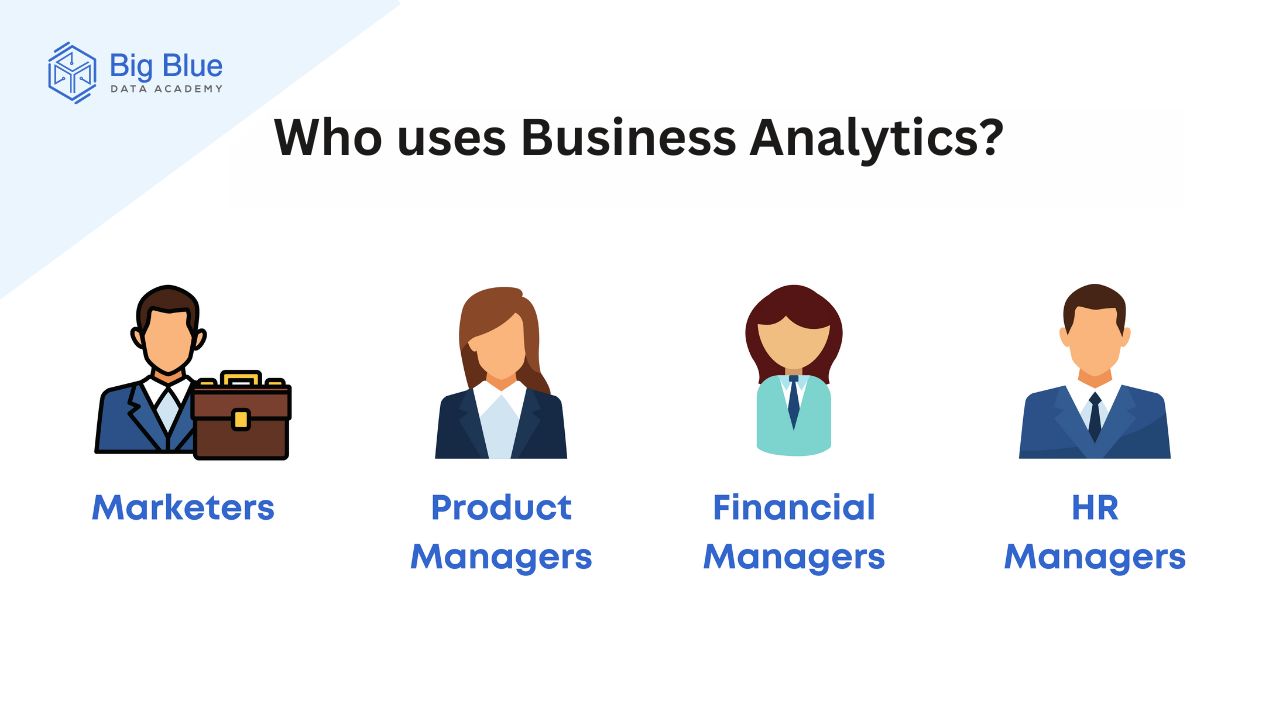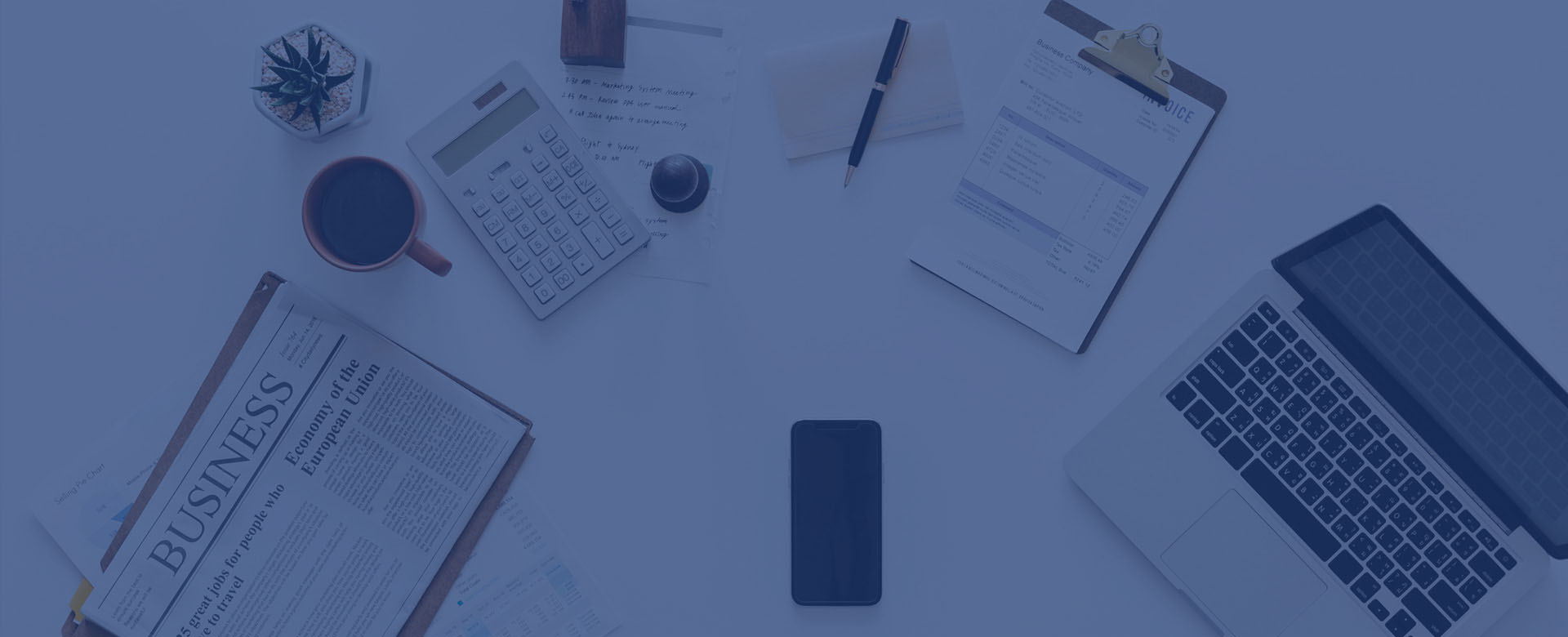Business Analytics: what they are and how they help a business
In today's highly competitive world, businesses are constantly looking for tools to help them make better decisions.
Business analytics, or business data, is one of these tools, as huge amounts of data are generated every day and are required to be processed.
In fact, according to research, companies are using data in order to:
- Improve their processes (60%)
- Improve their strategy (57%)
- Improve their financial performance (52%)
Furthermore, importantly, data analytics turns data into valuable information for decision-making, enhancing the strategic development of businesses. However, it is vital that practitioners learn to "read" this data correctly to get the best results and enhance effectiveness in decision-making and strategic business development. Before delving deeper, it is worth noting that the key elements that form the foundation for understanding their value.
What are Business Analytics
Business Analytics is the process where a company uses methods to process data and draw conclusions in order to make better business decisions.
These methods vary and can be data mining, predictive analytics, machine learning and many more. In data analytics for decision making, various practices are applied to help businesses leverage their technologies and data effectively.
Of course Business Analytics is under the umbrella of Data Analytics that many professionals need for their work.
But who are these professionals?
- Marketers (analyze customer data, market trends, marketing campaigns)
- Product Managers (analyze customer and market data such as feedback, in order to improve products)
- Financial Managers (analyse macro and microeconomic data to prepare budgets and financial forecasts)
- HR Managers (analyse data from employees such as opinions and feedback to improve working conditions)

Of course, there are many more professionals who apply data science to their work and it is also worth discovering this industry if you haven't already.
Let's now look at the types of business analytics that exist.
The 4 Types of Business Analytics
1) Descriptive Analytics
Descriptive Analytics is the simplest type of data and the basis of all the others.
They are related to the analysis of various performance indicators in order to understand a current situation.
In a nutshell, descriptive analytics answers the question: "What's going on?"
The most common output of descriptive analytics is a report with charts to help understand the current situation.
For example, a company may identify that the demand for its children's toys increases particularly at Christmas each year, so there is seasonal demand.
Diagrammatically, this can be represented like this:
.jpg)
You can see how in December each year demand increases and then drops dramatically.
Data Visualization in general is a very useful tool for graphically understanding data.
2) Diagnostic Analytics
They answer the question: "Why is this happening?"
They use techniques such as data mining, data mining and correlation to identify root causes of events.
Continuing our previous example, through this analysis we will look at why this seasonal demand for games arises.
That is, the data will be related to customer age, season, questionnaires, advertisements and so on.
In other words, with diagnostic analytics we get to the root of an issue, which is very useful for businesses
3) Predictive Analytics
Predictive Analytics are used to predict future trends and events and answers the question: "What will happen in the future?"
By combining analysis of historical data and market trends, businesses make predictions and make decisions based on them.
For example, knowing that the demand for children's toys increases every Christmas, a company can predict that the same will happen in future years.
With forecasting one can create strategies based on possible scenarios.
4) Prescriptive Analytics
They answer the question: "What is the next move?"
They take into account various factors and suggest possible alternatives. Something particularly useful when a business makes data-driven decisions.
Continuing our previous example, the company must decide what to do based on seasonal demand. It can for example increase its advertisements, change the product slightly or anything else based on the data available to it.
So it becomes clear that it is not only something helpful, but now necessary for businesses and professionals if they want to:
- Make better decisions
- To increase their revenues
- To increase their revenue and improve their processes
Tools and Technologies in Business Analytics
In today's business world, data analytics and data-driven decision making are a key competitive advantage. To achieve this, businesses rely on a range of tools and technologies that facilitate the collection, organization, analysis and visualization of data. Business analytics tools such as Excel, SQL and Power BI have established themselves as key tools for analyzing data and creating reports that help executives make informed decisions.
Business analytics utilizes techniques such as statistical analysis, data visualization and model building to extract valuable insights from data. Through these tools, businesses can identify trends, analyze the performance of their processes, and design strategies that lead to improved efficiency and performance.
Using the right data analytics tools allows businesses to manage large data sets (big data), identify opportunities and address challenges more accurately. For example, with the help of Power BI, executives can create interactive dashboards that illustrate company performance in real time, while SQL allows them to extract and process data from databases with ease.
In addition, analytical techniques, such as statistics and predictive modelling, enable businesses to predict future trends and make decisions based on real data rather than just intuition. This results in improved efficiency, increased performance and the creation of strategies that meet market needs.
Overall, investing in modern business analytics technologies is essential for any business that wants to remain competitive in the dynamic environment of 2025. The proper use of data and the application of analytical methods lead to better management, more targeted decisions and a substantial improvement in business results.
In a few words
So we've seen what business analytics is, what its types are and how it helps a business grow.
This is why it is now vital for professionals to be trained in Data Analytics if they don't want to be left behind in the job market and apply their knowledge to a company.
Therefore, if you want to take the next step in your career, you can discover the comprehensive Business Intelligence bootcamp we have created and enroll now!


.jpg)